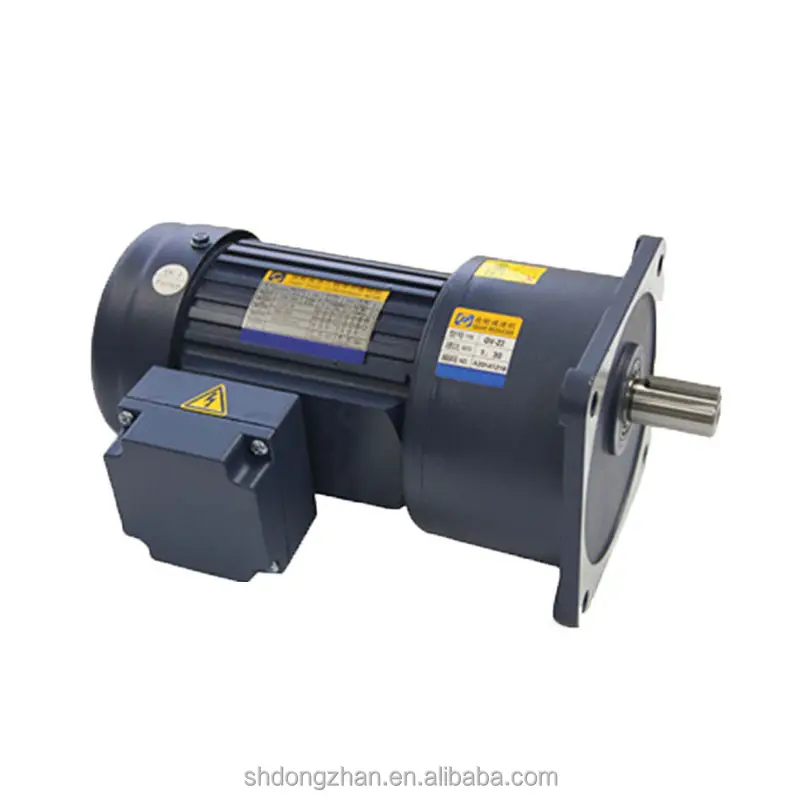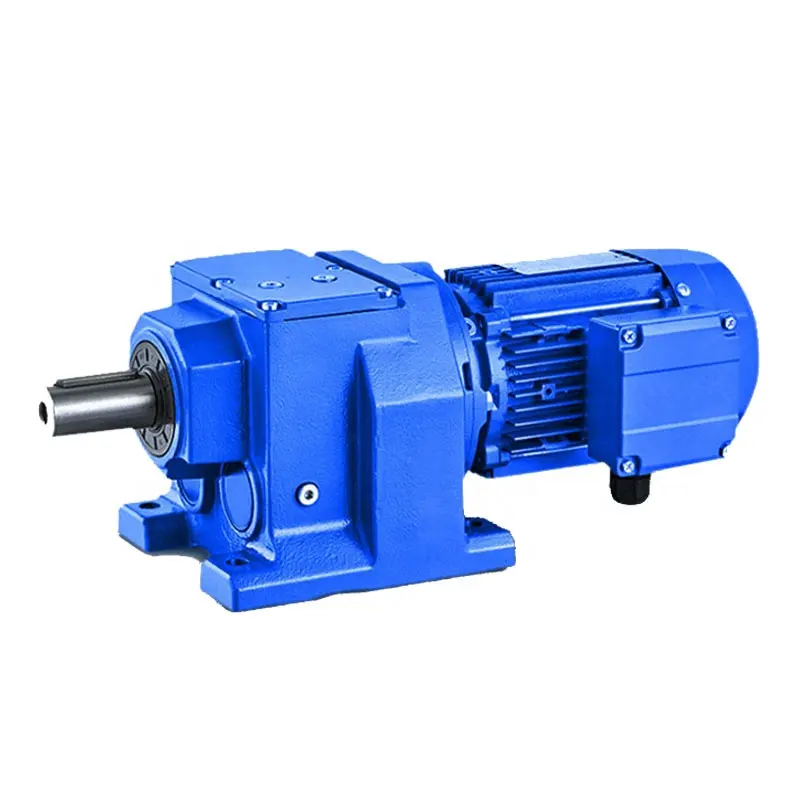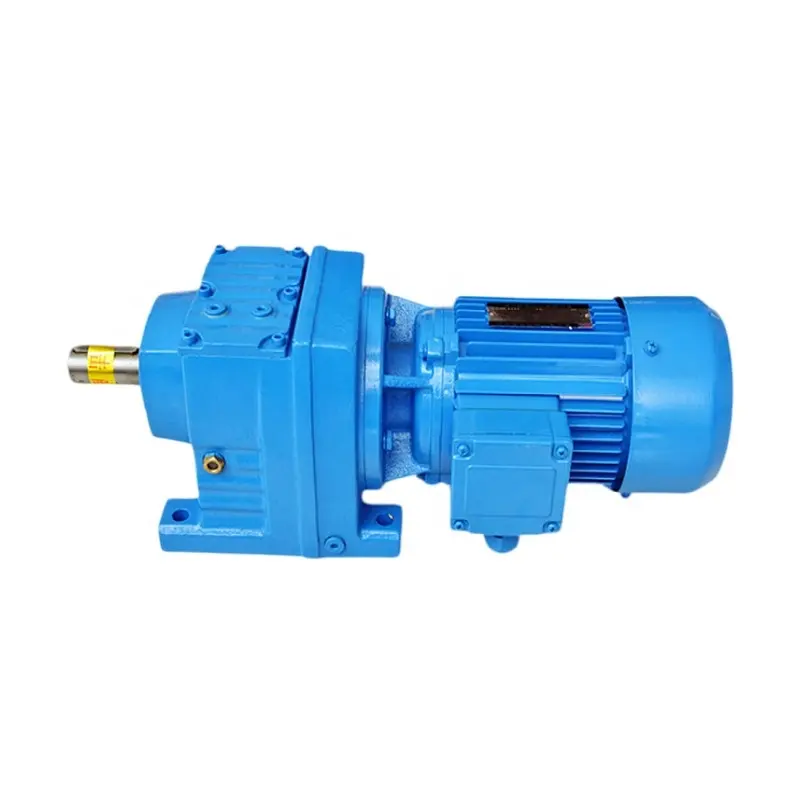dc gear motor price
DC gear motor prices represent a crucial consideration in industrial and consumer applications, reflecting the intersection of performance and cost-effectiveness. These motors combine the reliability of DC power with precision gear mechanisms, offering controlled speed and enhanced torque output. Typically ranging from $10 to several hundred dollars, prices vary based on specifications such as voltage requirements, torque ratings, and gear ratios. Manufacturing quality, brand reputation, and material composition significantly influence the final cost. Premium models often feature high-grade steel gears, precision bearings, and advanced electromagnetic components, justifying higher price points. The market offers various options, from budget-friendly motors suitable for hobby projects to industrial-grade units designed for continuous operation. Factors affecting prices include motor size, power output, gear material quality, and additional features like encoders or specialized mounting options. Volume purchasing often enables substantial cost savings, making bulk orders attractive for manufacturers and distributors. The pricing structure also reflects technological advancements, with newer models incorporating innovative features like improved efficiency ratings and enhanced durability, though these improvements often command premium prices. Understanding these price determinants helps buyers make informed decisions aligned with their specific applications and budget constraints.


